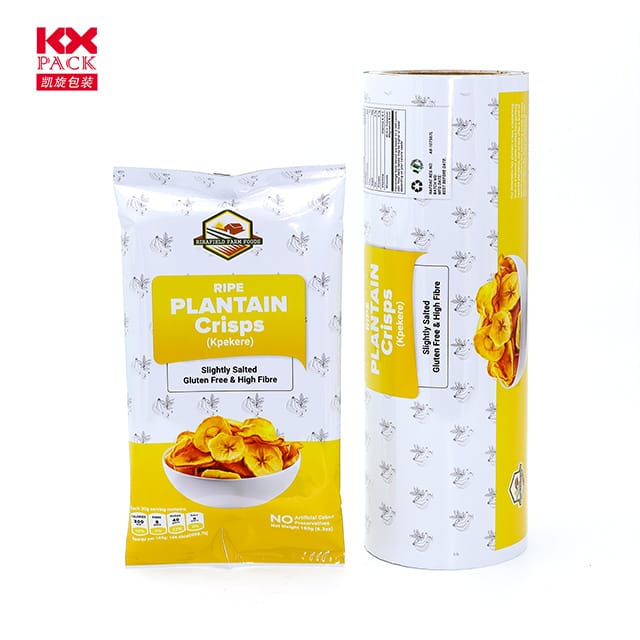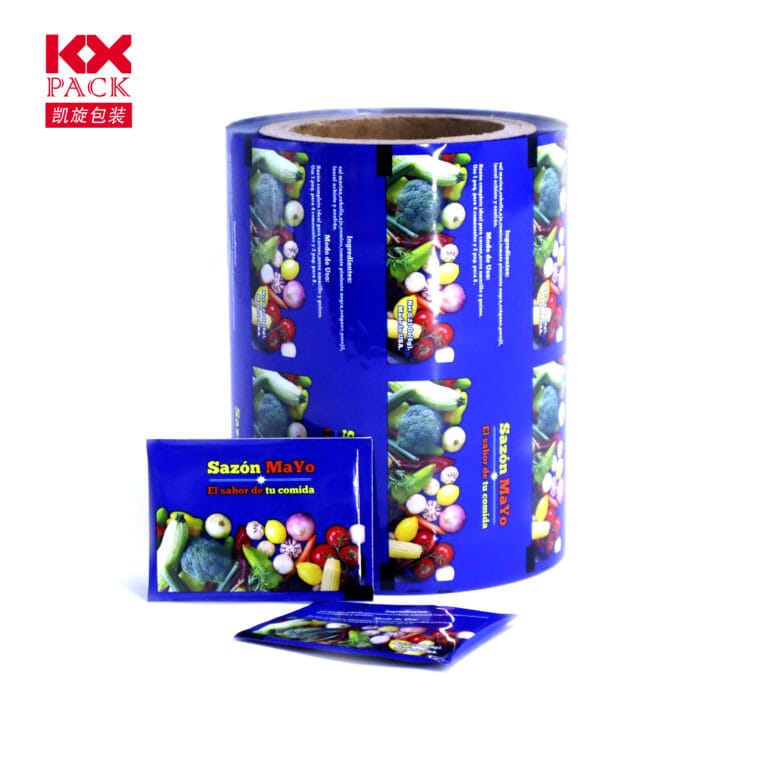วิวัฒนาการและผลกระทบของฟิล์มพลาสติก: จากนวัตกรรมสู่ความยั่งยืน (3) ความท้าทาย
ฟิล์มพลาสติก
Plastic film, วัสดุอเนกประสงค์ แต่มักจะด้อยค่า, แทรกซึมชีวิตสมัยใหม่ในรูปแบบที่นับไม่ถ้วน. จากอาหารบรรจุภัณฑ์และการปกป้องพืชผลจนถึงการปรับปรุงอุปกรณ์การแพทย์และอาคารฉนวน, ความทนทานที่มีน้ำหนักเบาและคุ้มค่าทำให้มันขาดไม่ได้. อย่างไรก็ตาม, ในฐานะที่เป็นปัญหาด้านสิ่งแวดล้อม, อุตสาหกรรมฟิล์มพลาสติกเผชิญกับจุดเปลี่ยนที่สำคัญ: balancing innovation with sustainability.
A Multifaceted Marvel: แอปพลิเคชันในอุตสาหกรรม
Plastic film’s adaptability stems from its composition—typically polyethylene (วิชาพลศึกษา), โพรพิลีน (PP), or polyvinyl chloride (พีวีซี)—which can be tailored for specific uses:
- บรรจุภัณฑ์อาหาร: Stretch films, ยึดห่อ, and vacuum-sealed pouches extend shelf life and reduce waste.
- เกษตรกรรม: Mulch films conserve water, suppress weeds, and boost crop yields by up to 30% in arid regions.
- Healthcare: Sterile wraps for surgical instruments and blister packs for pharmaceuticals ensure safety and hygiene.
- การก่อสร้าง: Vapor barriers and shrink films protect buildings from moisture during construction.
The global plastic film market, valued at$160 พันล้านใน 2023, is projected to grow at 4.5% annually, driven by emerging economies and e-commerce packaging demands.
The Environmental Conundrum: A Double-Edged Sword
Despite its utility, plastic film’s environmental footprint is undeniable:
- Waste Accumulation: Single-use plastic films, such as shopping bags and food wraps, account for20% ของมลพิษพลาสติกทางทะเล, entangling wildlife and microplastics infiltrating ecosystems.
- การรีไซเคิลอุปสรรค์: Thin, multi-layered films are difficult to sort and process, with recycling rates hovering around5–15% in developed nations.
- Microplastic Threat: Fragmented films release tiny particles into soil and water, posing risks to human health through the food chain.
Regulatory pressures, such as the EU’sSingle-Use Plastics Directive and China’s ban on non-degradable bags, are forcing industries to rethink plastic film’s role.
Pioneering Solutions for a Circular Future
To address these challenges, manufacturers and innovators are exploring sustainable alternatives:
- ภาพยนตร์ที่ย่อยสลายได้และสามารถย่อยสลายได้:
- Materials like PLA (กรด polylactic), มาจากแป้งข้าวโพด, and PBAT (polybutylene adipate terephthalate) offer eco-friendly options. Brands likeNatureWorks และBASF are scaling production.
- Case Study: A UK supermarket chain replaced conventional bags with compostable PLA films, reducing plastic waste by 40%.
- Advanced Recycling Technologies:
- Chemical recycling breaks down mixed plastics into raw materials, enabling closed-loop systems.
- Mechanical recycling upgrades post-consumer films into pallet wraps or construction materials.
- Reusable and Thinner Alternatives:
- High-barrier, recyclable mono-material films (เช่น, PE-only packaging) simplify recycling.
- นวัตกรรมเช่นedible seaweed-based coatings for fresh produce could eliminate single-use wraps entirely.
Industry Collaboration and Policy Drivers
Governments and corporations are aligning to accelerate change:
- Extended Producer Responsibility (EPR) schemes in the EU and U.S. mandate brands to fund recycling infrastructure.
- Corporate Commitments: Unilever, Nestlé, and Walmart aim to use 100% recyclable or reusable packaging by 2025, driving demand for sustainable films.
- Agricultural Innovations: Biodegradable mulch films, tested in India and the U.S., decompose within 180 วัน, reducing soil contamination.
ถนนข้างหน้า: Balancing Progress and Planet
The future of plastic film hinges on three pillars:
- Material Innovation: Scaling bio-based and recyclable alternatives without compromising performance.
- Circular Design: Prioritizing reusability, recyclability, and compostability in product development.
- Consumer Engagement: Educating the public on proper disposal and advocating for reuse systems.
As technologies mature and policies tighten, plastic film could transition from a symbol of environmental harm to a beacon of sustainable innovation. The challenge lies not in abandoning this versatile material, but in reimagining its lifecycle—from linear waste to circular resource.
แหล่งกำเนิด: Smithers Pira, มูลนิธิ Ellen MacArthur, Industry Reports 2024
บทสรุป: Plastic film, once a hallmark of convenience, now stands at a crossroads. By embracing innovation, collaboration, และการดูแลสิ่งแวดล้อม, the industry can safeguard both human needs and the planet’s future. The journey has begun—will we rise to the challenge?







